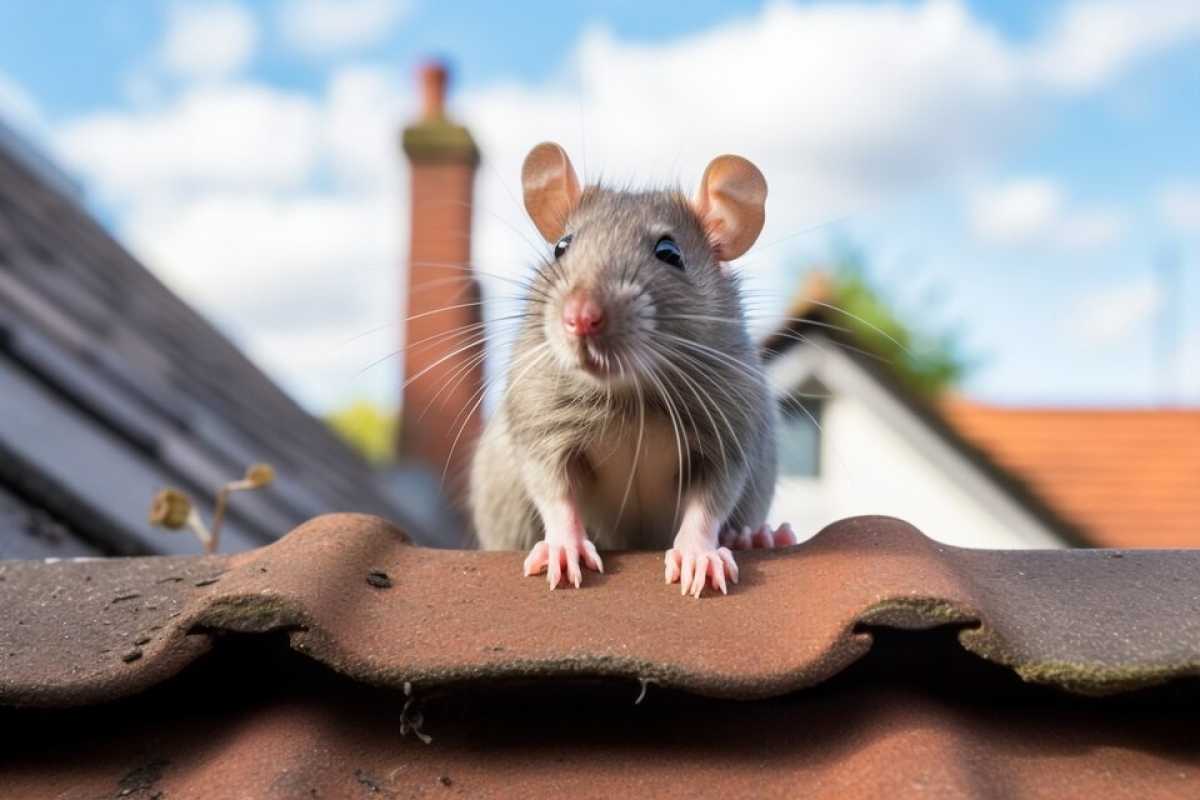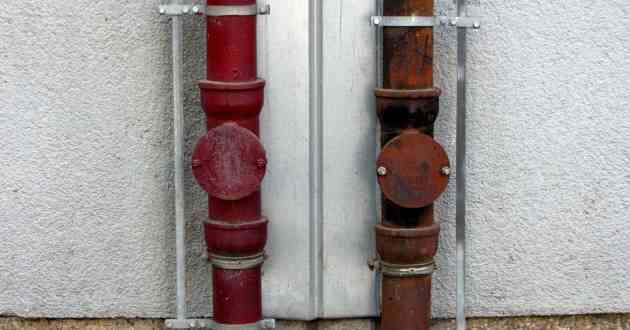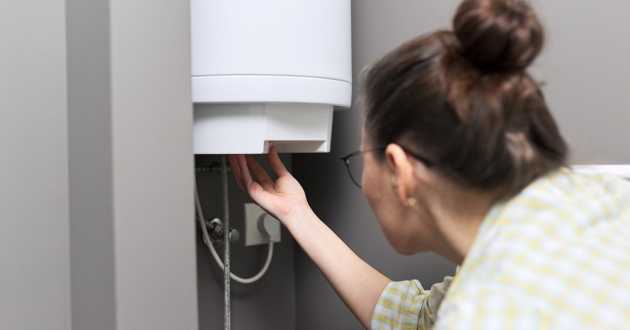Unlocking Ultimate Pest Control: The Best Rat Killer Poison Solutions
- - Category: Pest Control
- - 12 Apr, 2024
- - Views: 106
- Save

Rats are unwelcome visitors to your home.
Rats are unwelcome visitors to your home. These rodents not only can carry diseases and create health risks, they’re also incredibly destructive — chewing through walls, insulation, and electrical wiring.
Rats usually start outside — under or above a home. They like to dig under or around the foundation or enter the attic through vents before ultimately making their way into your living spaces. Once inside, rats will take refuge under furniture, behind walls, or in dark, seldom-used corners of the house. They’re also famous for making nests inside and under appliances.
Rats are omnivores, so they’ll eat anything available to them. Although rats are best known for scavenging through trash and eating food that’s left out, some rats will kill small animals like birds and lizards for food. Rats can survive for a month or more without directly drinking water. This is because they consume enough water in the foods they eat. When they need to drink water, rats can usually find enough in drains, pet dishes, or condensation in the pipes or walls.
Inspecting for rats is the first step in DIY rat control. Because rats tend to live in hidden areas, like wall voids, attics, and crawl spaces, careful inspection is the only way to identify their harborage areas, runways, and feeding zones. By tracing the signs of rats, you can also find and seal the entry points they’re using to get into your home.
We look for the following signs to trace rats in your home or commercial property
•Piles of droppings (which look like black or brown cylindrical pellets that are ½–1” in length with at least one blunt end) in hidden areas, such as behind the stove, in your basement or attic, or the corners of the home.
•Tracks or tail drag marks in dusty areas or places with moist soil. If you’re unsure which areas rats frequent, sprinkle a fine layer of baking soda on the floor and check for fresh tracks in the morning.
•Ductwork, door joists, flooring, and studs that have been gnawed on or damaged or food packages, containers, or leftovers with bite marks. Because of their large incisors, rats gnaw holes that are 2” or more in diameter with rough, ragged edges.
•Dirt burrows constructed near walls, sidewalks, or curbs, or along the foundation of your home. They may also appear under trees, bushes, or other landscaping plants.
•The presence of runways, either outdoors or indoors. Outdoors, runways look like smooth, packed-down areas of dirt or soil. Indoors, a runway may be an area that’s free of dirt or dust. Norway rats usually leave runways.
•Smudges along the walls near active runways, which look like a mixture of dirt and grease.
•Dark urine stains.
•Strange sounds in the walls, including squeaking, gnawing, scratching, digging, scurrying, rustling, and running noises.
•Strong ammonia odors, which are usually associated with extensive rodent infestations.
•Roof rat nests made of insulation, shredded paper, fabric, or other soft material.
•Sightings of living or dead rodents — while roof rats are sleek and graceful in appearance, with gray to black fur and large eyes, Norway rats are large and robust, with brown to black fur and small eyes.
Long-term rat infestation protection and prevention by the best pest control management company in Mumbai
Eliminating a rat or mouse infestation relieves the immediate problem. But significant numbers of rats and mice are consistently present outdoors near homes — whether in urban, suburban, or rural environments. Ultima Search professionals know how to set up ongoing protection to prevent rat or mouse re-infestation.
Related read: The effects of rat poison and how it works on pests.



